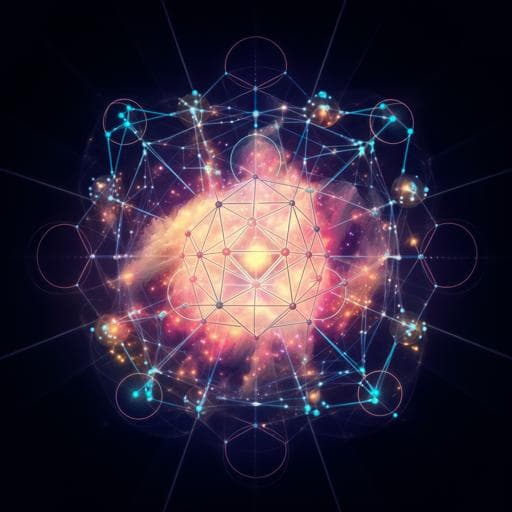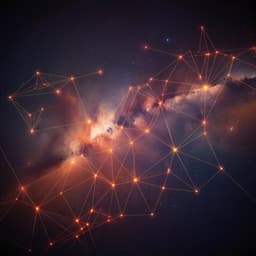
Physics
Self-testing of a single quantum system from theory to experiment
X. Hu, Y. Xie, et al.
This research conducted by Xiao-Min Hu, Yi Xie, Atul Singh Arora, and others unveils an innovative approach to self-testing individual quantum systems using contextuality, presenting breakthroughs that do not rely on entanglement. By employing the KCBS inequality for qutrits, it sets a new standard in fidelity assessment of quantum states, showcased through experimental demonstrations with a trapped ion.
~3 min • Beginner • English
Related Publications
Explore these studies to deepen your understanding of the subject.







